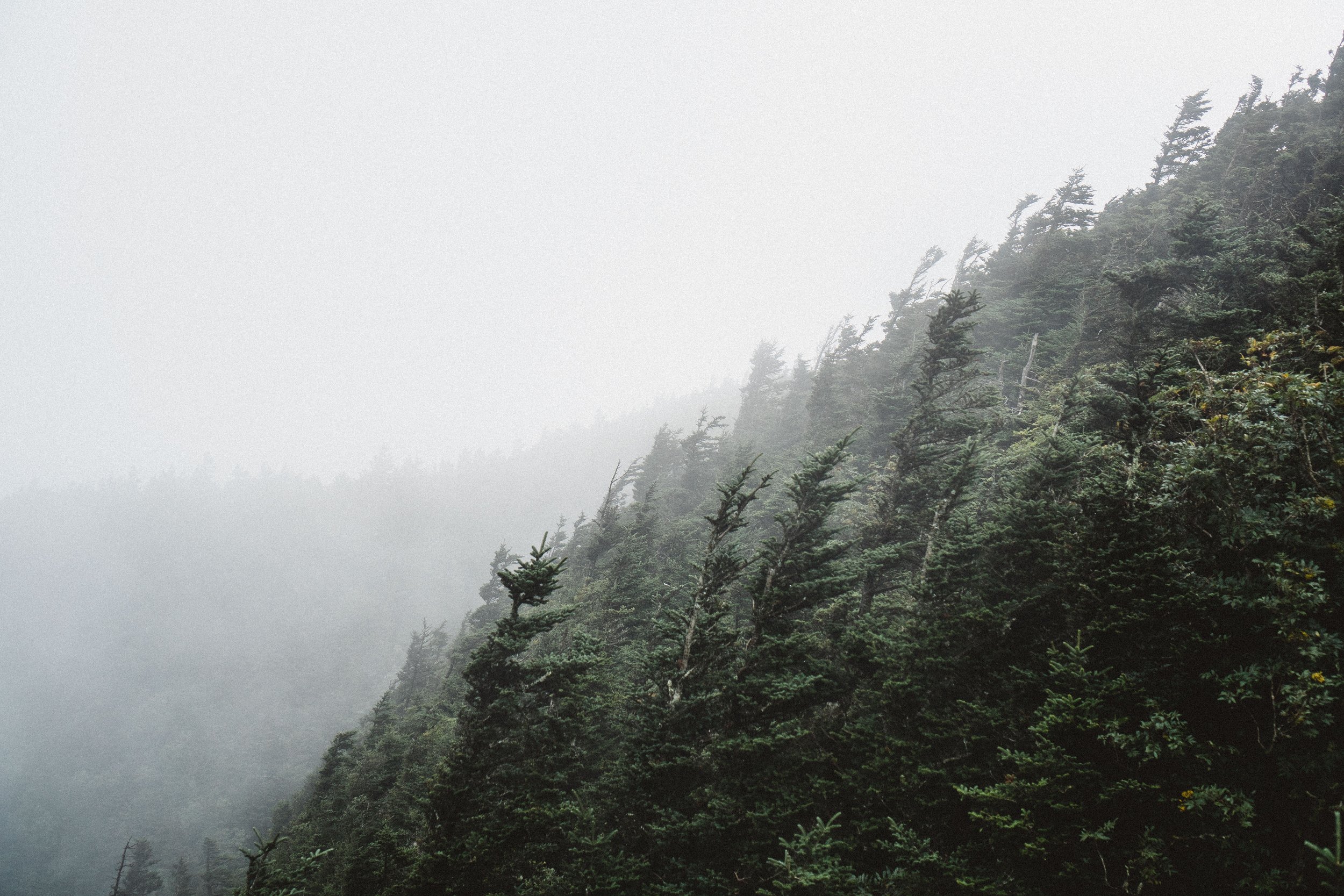An Eye On The Wind
‘Weather cannot be divorced from the outdoors experience and nor should it be.’ Tristan Gooley
If you’re someone who spends time outside in the UK then you’ll be acutely aware of the weather. We have to be because it can determine if a day goes to plan or not and more than once I’ve wished I could enjoy the outdoors without the elements but as Gooley says, we shouldn’t. With a little understanding and patience, the elements can yield clues for navigating. Yes, we have maps, GPS, and even our phones so we’re not reliant on natural navigation anymore but there’s still value in observing how the natural world is behaving around us.
It’s essential to observe the weather from the outset of your journey because often clues are in the changes. If you don’t know which way the wind was blowing an hour ago, you won’t know it’s turned.
In fact, wind direction is a great place to start. The ancient Greek name for different winds was interchangeable with the direction they came from; for example, Boreas, the name for the cold wind from the north (and the God of winter) could be used to mean the direction north. In the ancient world the characteristics of a wind would be analysed to detect from where it blew but in modern times we’ve flipped this so we look at the direction to try and predict what’s coming. Where a wind comes from gives us clues about what it might bring with it. A westerly wind coming off the sea will bring damp, maybe rain. As we saw last year, a southerly wind can turn the sky orange with Saharan dust while also bringing heat and dry air.
Historically the clarity of air has been used to predict weather too. The sky appears a darker shade of blue when the air is extremely dry or at high altitude because the short waves of blue light aren’t being scattered by clouds or pollutants in the atmosphere. The Polynesians used the twinkling of the stars to judge weather conditions, as twinkling is caused by wispy cirrus clouds high in the atmosphere.
While this all sounds more like weather forecasting than navigation, they are incredibly closely linked. If you can tell where the wind comes from and what it might have encountered on its way, i.e. mountains or sea, from the weather it brings, then you can learn about a landscape even if you can’t see it.
If you know the prevailing wind direction of a place then natural features become points on a vast compass. Trees bent like cartoon hags go with the direction of the prevailing wind and are easy to spot. More subtle is the weathering of a hill or mountainside. The slope facing into the wind (windward) might have less vegetation, smoother rock, and curves while the sheltered side (leeward) will gather dust, leaves and shingle and will usually be dryer than the windward side.
While this is only a small introduction to a huge topic, winter is a fantastic time to tune into nature. Start small, notice changes in the wind while out walking and slowly you’ll become more perceptive.
Happy navigating!



